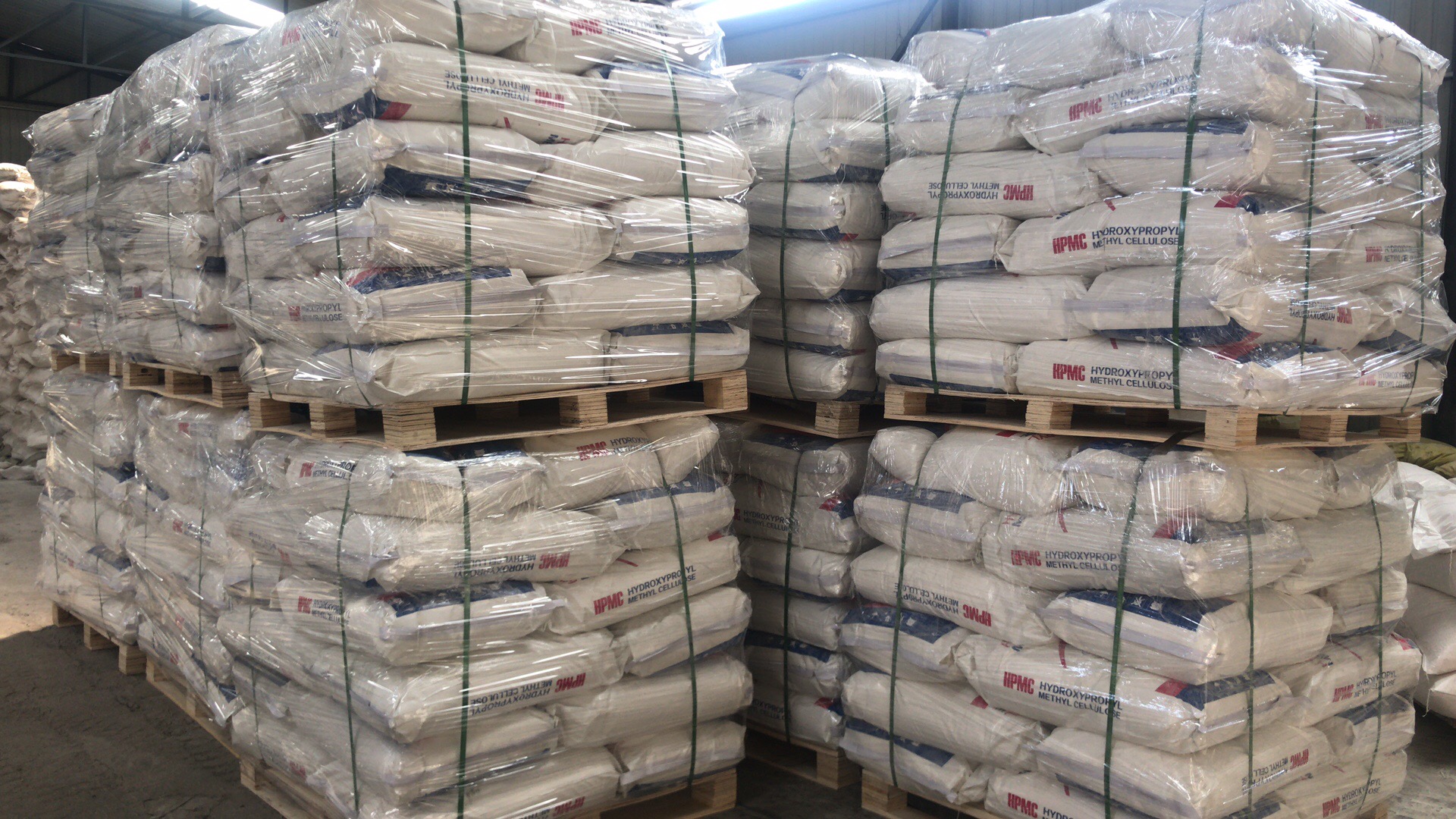The quality of cellulose ether determines the quality of the dry mortar
In the ready-mixed mortar, the amount of cellulose ether added is very low, but it can significantly improve the performance of the wet mortar, which is a major additive that affects the performance of the mortar. Reasonable selection of different varieties, different viscosities, different particle sizes, different degrees of viscosity and the amount of added cellulose ethers have a positive impact on the performance of dry mortar.
At present, many masonry and plastering mortars have poor water retention properties, and water slurry separation occurs when left for a few minutes. Water retention is an important property of methyl cellulose ether, and it is also the performance of many domestic dry powder mortar manufacturers, especially those in the high temperature regions in the south. The factors affecting the water retention effect of the dry mortar include the amount of MC added, the viscosity of the MC, the fineness of the particles, and the temperature of the environment in which it is used.
First, the concept
Cellulose ether is a synthetic high molecular polymer obtained by chemical modification using natural cellulose as a raw material. Cellulose ethers are derivatives of natural cellulose. Cellulose ethers are produced differently from synthetic polymers.
The most basic material is cellulose, a natural polymer compound. Due to the specificity of the natural cellulose structure, cellulose itself does not have the ability to react with etherifying agents. However, after the swelling agent treatment, the strong hydrogen bond between the molecular chains and the chain is destroyed, and the activity of the hydroxyl group is released into the alkali cellulose having the reaction ability, and the OH group is converted into the -OR group through the etherification agent reaction. cellulose ether is obtained.
The nature of the cellulose ether depends on the type, amount and distribution of the substituents. The classification of cellulose ethers is also classified according to the type of substituents, degree of etherification, solubility properties and related application types.
According to the type of substituents on the molecular chain, it can be divided into monoether and mixed ether. The MC we usually use is monoether, and HPMC is mixed ether. The methyl cellulose ether MC is a product in which the hydroxyl group on the natural cellulose glucose unit is substituted by a methoxy group. The structural formula is [CO H7O2(OH)3-h(OCH3)h]x, hydroxypropylmethylcellulose ether HPMC Is a product in which a part of the hydroxyl group of the unit is substituted by a methoxy group and the other part is substituted by a hydroxypropyl group, and the structural formula is [C6H7O2(OH)3-mn(OCH3)m[OCH2CH(OH)CH3] n]x Hydroxyethyl methyl cellulose ether HEMC, these are the main varieties widely used and sold on the market.
From the solubility properties, it can be divided into ionic and nonionic. The water-soluble nonionic cellulose ether is mainly composed of two series of alkyl ethers and hydroxyalkyl ethers. Ionic CMC is mainly used in synthetic detergent textile printing and dyeing foods and petroleum exploitation. Non-ionic MC, HPMC, HEMC, etc. are mainly used in building materials, latex coatings, medicine, and daily chemistry. It is used as a thickener, a water retaining agent, a stabilizer, a dispersing agent, and a film forming agent.
